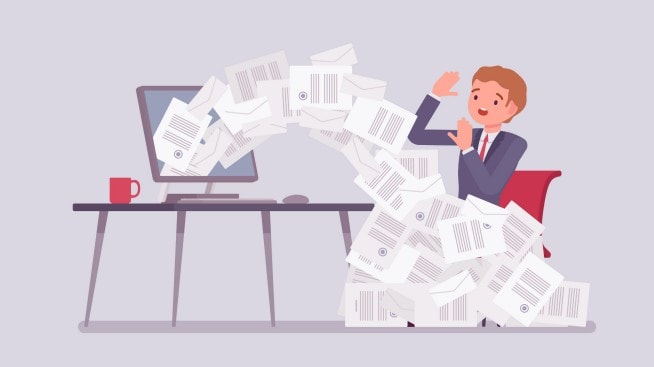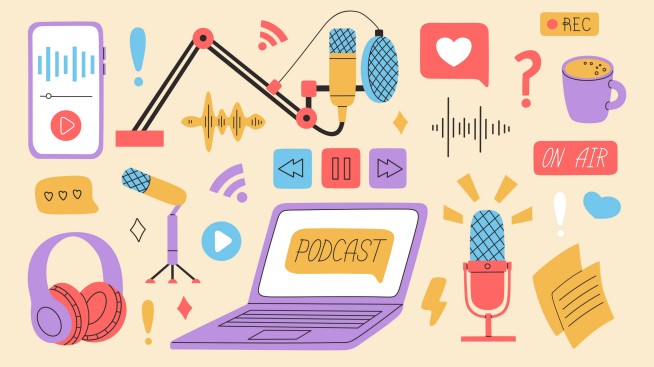What is the debt snowball method?

If you’ve ever built a snowman, you probably know that the process involves building momentum as you roll your tightly packed snowball on the ground and rapidly increase its size. That small ball over time can build up to a large amount. When it comes to the debt snowball method, think of it in a similar way — you pay off your debts from smallest to largest amounts. You “roll” from your smallest debt to the next smallest amount of debt and you continue the cycle till you pay off the largest debt on your queue.
In this article, we will discuss:
- How to apply the debt snowball method
- How effective the debt snowball method is
- If you should use the debt snowball method
- Alternatives to the debt snowball method
How to apply the debt snowball method
The snowball method can be a helpful way for you to tackle your debts. If you only have a single debt, then you might know what to do. But if you have multiple debts — such as one or more credit cards, auto loans, student loans, mortgages, etc. — then you need a bold strategy like the snowball method to help you prioritize payments. This can help you feel less overwhelmed by what you owe.
To apply the method, you will need to do the following steps:
- First, assess your current debts. Make a list of the smallest debts to the largest debts you owe.
- Next, use your funds to pay off as much of your smallest debt as you can. To do this, make the minimum payments due towards your other debts. Then use your remaining funds towards a larger payment on your smallest debt, so you are paying it back more quickly. Remember to budget so you still can make ends meet.
- Continue this process until the smallest debt is paid off. You’ll likely feel satisfied seeing one of your debts fall off your plate.
- Finally, apply this same method to your remaining debts. Continue to follow this model of paying off debt from the smallest to the largest piece by piece, month by month. If you're disciplined (and patient) you should see one debt after another disappear.
Remember that as you start this journey, you are not alone! There are free, helpful resources like Chase Credit Journey® for you to use and keep track of your credit improvement efforts. You can see how paying down debts and building up your payment history can help improve your credit score over time.
How effective is the debt snowball method?
Think of this method as a way to be more aware of how debt can be tackled and, consequently, a way of improving your financial behavior. By applying the debt snowball method, you are following stricter rules around where your money is going and how you use it. Of course, it might result an effective method if you are disciplined and consistent in your approach, ensuring timely payments and establishing healthy financial habits.
If you remain vigilant, you can start to see your efforts pay off over time. You may even see positive changes to your credit score, which you can track when you enroll in Chase Credit Journey. This free online tool also gives you access to resources to better understand and adjust your financial behavior to improve your credit score over time.
The snowball method can be effective if you’re someone who feels motivated by small victories (more on this below).
Should you use the debt snowball method?
There are different methods for tackling debt; the snowball method is just one approach. If you’re wondering if this method is right for you, consider doing the following to help you decide:
- Assess your debts and where you stand. Would this method be feasible for you to do currently?
- Think about how much you want to get rid of your debt. Are you itching to pay it off sooner than later? This method may feel more achievable for you if you’re actively looking to get your debts off your plate.
- Are you motivated by victories? If you’re looking to gain incremental achievements that eventually lead towards the total goal, this method may be right for you.
Alternatives to the debt snowball method
If you determine that the snowball method is your preferred debt management approach, that’s great! You’re on your way towards breaking down your debts into achievable goals.
However, you could approach your debts differently by attacking the loans with the higher interest rates first. This is known as the avalanche method. Once you pay off the debts with the highest interest rates, you focus on the next-highest interest rate loan and continue the cycle from there.
Other methods for paying down your debts include, but are not limited to:
- Debt management plans
- Debt consolidation loans
- Balance transfers
In summary
Whether you’re building a snowman or preparing for an avalanche, there are different methods when it comes to handling your debts and prioritizing payments. Regardless of which strategy you employ, you are demonstrating the kind of active decision-making that can improve your financial outlook and enhance your creditworthiness over time. A simple way you can keep track of your credit score is by using Credit Journey®.
Remember, you can always pivot and make adjustments to your debt strategy as need be. Improving your credit is a process and it takes time, but you will start to feel its positive effects (and the relief!) once you begin achieving your goals.



